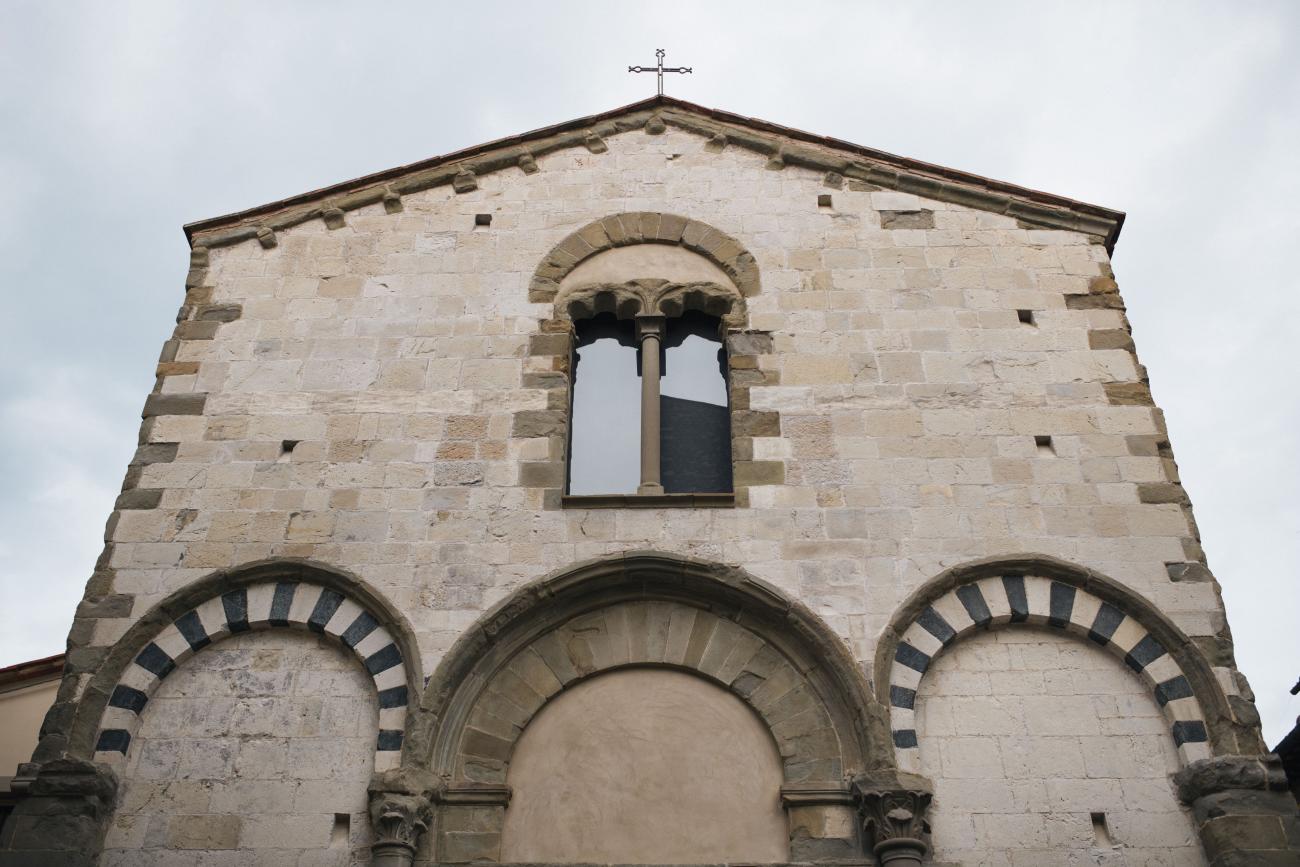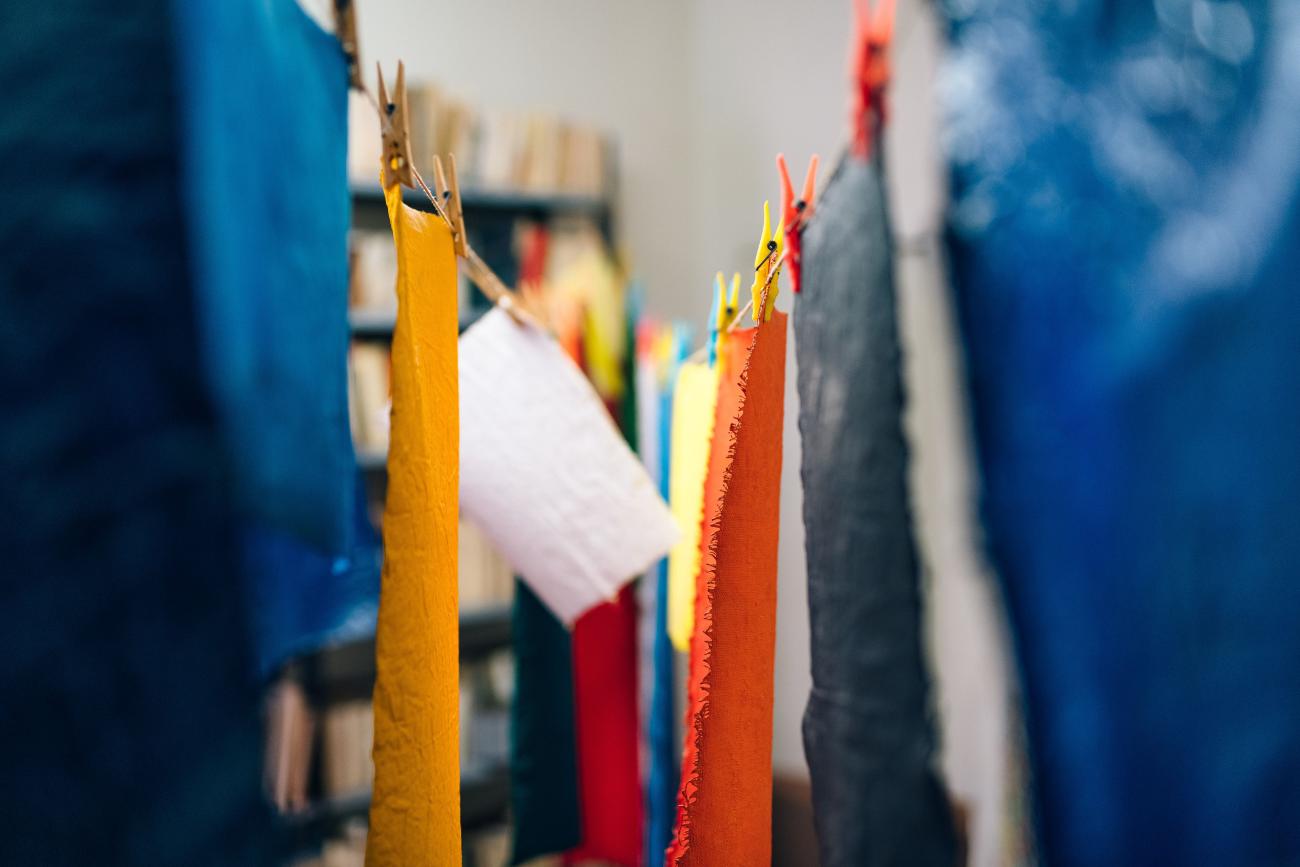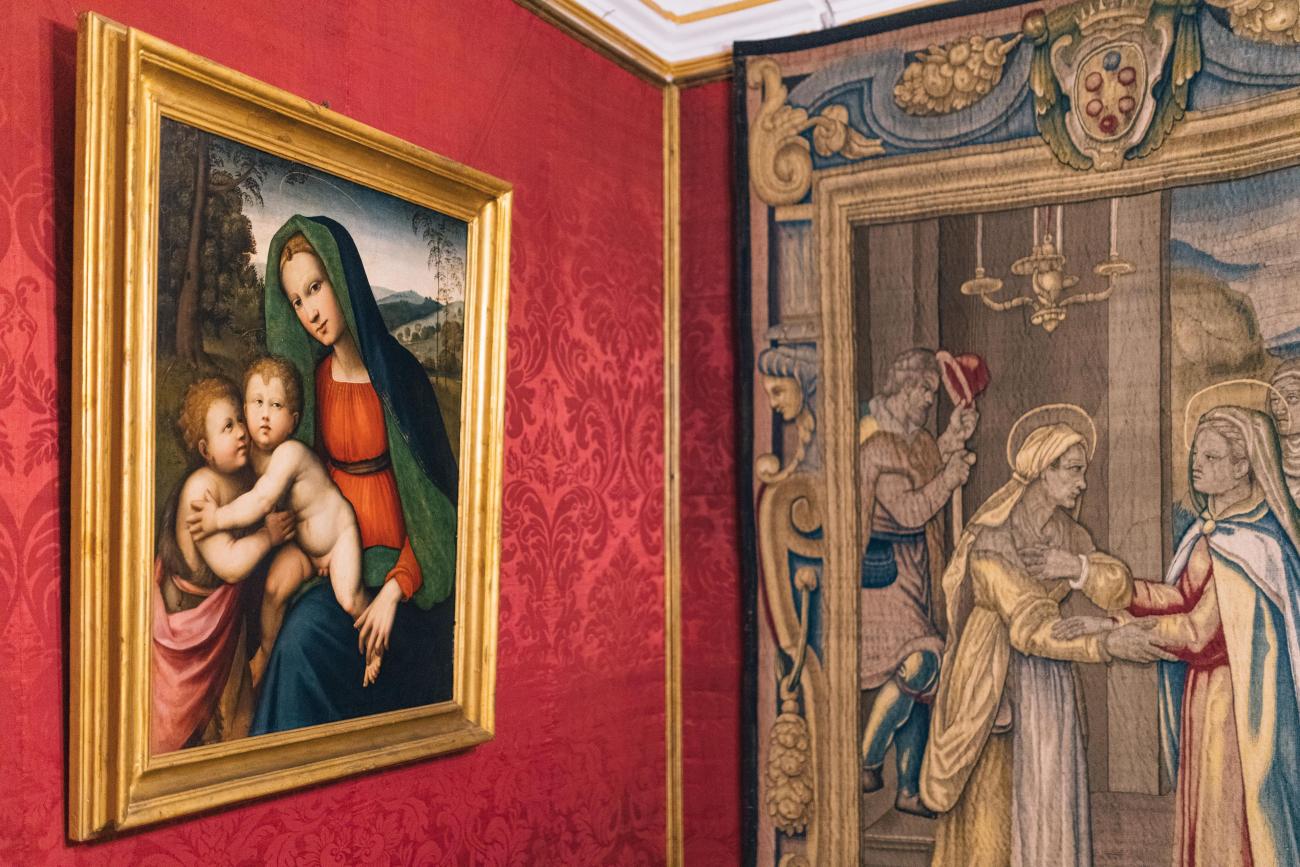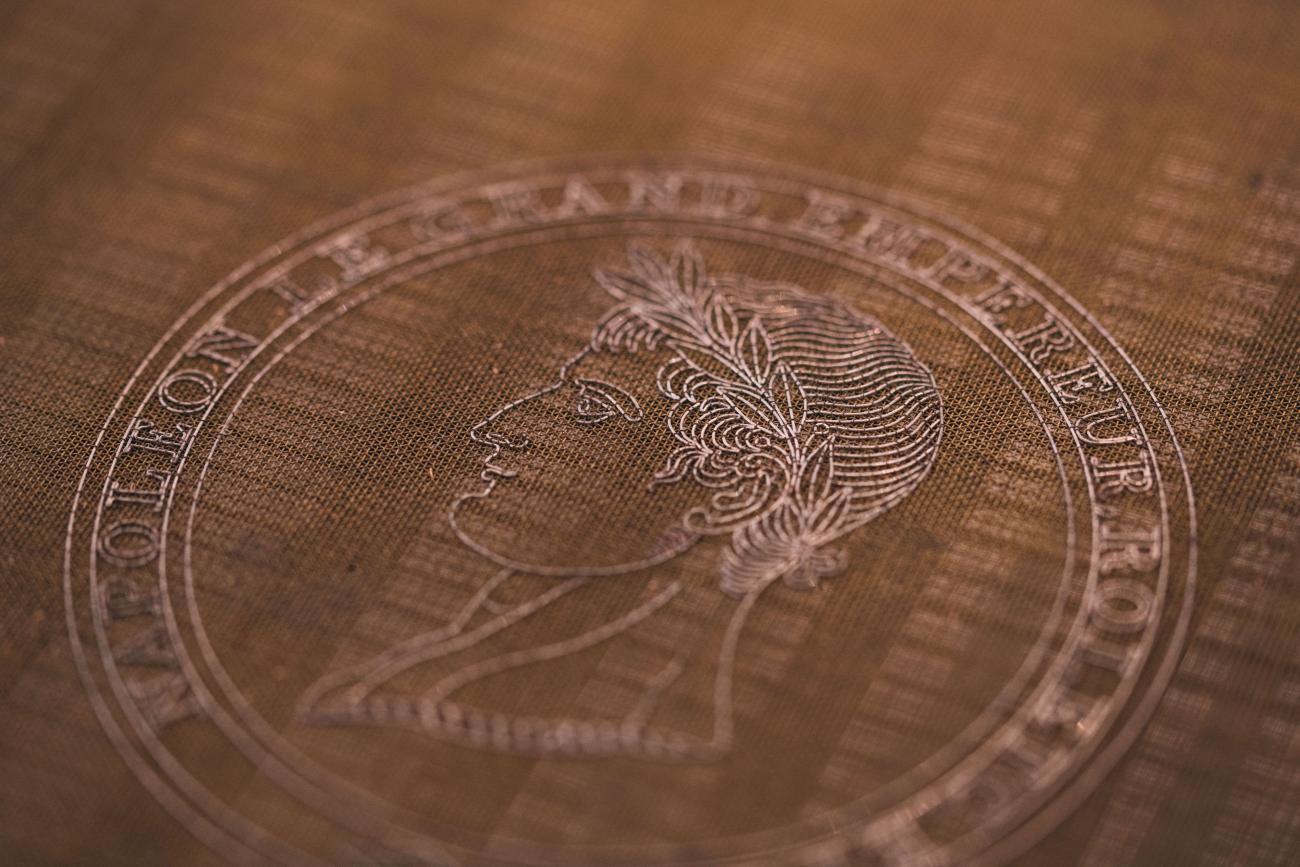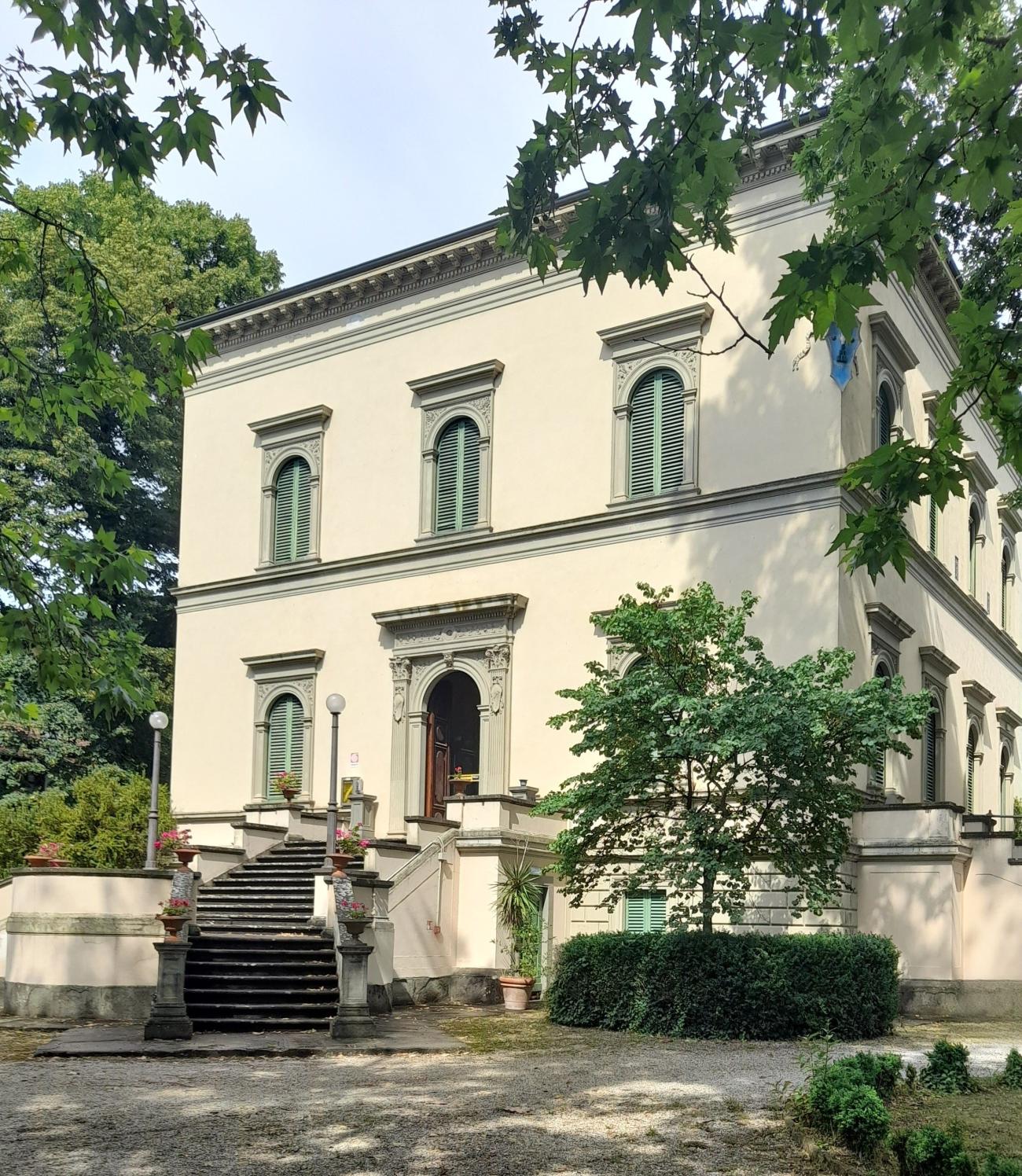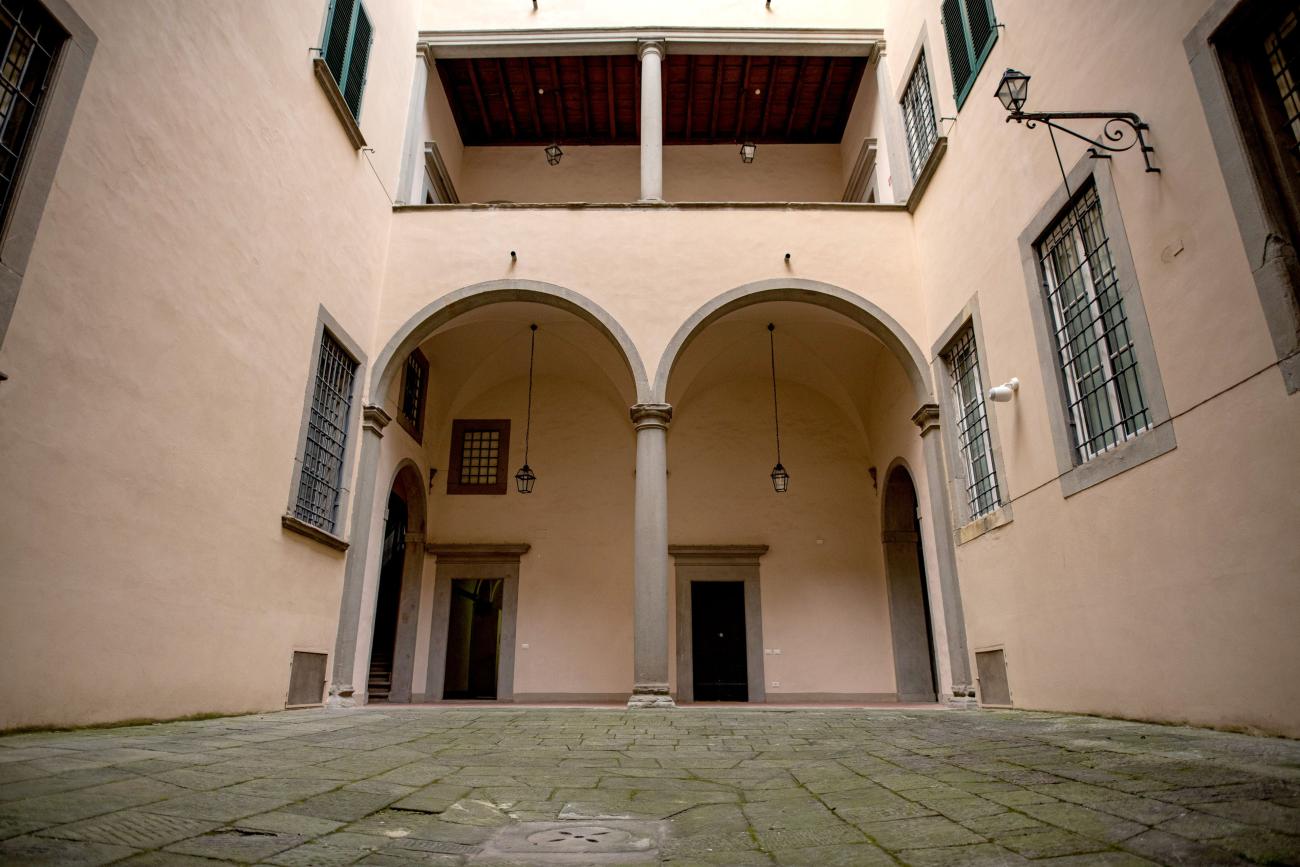
Nel 1784 il vescovo Scipione de’ Ricci sopprime la parrocchia di San Salvatore, chiusa al culto nel 1807 con la morte dell’ultimo parroco. Inizia per la chiesa, attestata fin dal 979, un declino arrestato solo grazie al restauro dell’edificio da parte di Fondazione Caript, che si è concluso nel 2022.
Nasce così, d’intesa con la Chiesa Cattedrale di Pistoia e la Soprintendenza Archeologia, Belle Arti e Paesaggio per la città metropolitana di Firenze e le province di Pistoia e Prato, il Museo di San Salvatore, dedicato ai reperti rinvenuti durante i restauri, esposti accanto a opere finora conservate nei depositi dei Musei Civici.
Gli scavi archeologici hanno messo in luce, insieme alle fasi più antiche della chiesa, un sepolcreto medievale e un pozzetto votivo risalente alla fine del XVI sec., oltre a nuovi indizi sulle possibili origini della leggenda sulla sepoltura di Catilina.
Tra le scoperte più interessanti è notevole l’affresco raffigurante il Compianto sul Cristo morto (fine XIII sec.), attribuito alla cerchia di Lippo di Benivieni.
Mettendo in relazione la storia dei nostri antenati con la curiosità e la sensibilità dei contemporanei, il percorso espositivo che San Salvatore offre al pubblico è un racconto che si sviluppa secondo livelli diversi di lettura ed è lo stesso visitatore a scegliere il grado di approfondimento: il museo, infatti, ricorre a linguaggi diversi per ampliare le possibilità di fruizione – dal visivo, al sonoro, al tattile – e presenta fogli di sala in italiano, inglese, francese, spagnolo e cinese che, oltre a descrivere le opere musealizzate, accompagna il visitatore scandendo le varie tappe del percorso espositivo e invitandolo all’interazione.
Una particolare attenzione è rivolta ai più piccoli, per sollecitare il loro sguardo curioso e avvicinarli al patrimonio culturale attraverso il gioco. Due delle attività presenti nel percorso prendono ispirazione da antichi giochi di età romana, che sfruttavano materiali molto semplici, come pezzi di legno e noci. Con alcune tessere di un mosaico, si può poi realizzare il proprio pavimento ispirato a quello della domus esposto nel museo.
Insieme al Museo dell’Antico Palazzo dei Vescovi, a Palazzo de’ Rossi e a Palazzo Buontalenti, il Museo di San Salvatore compone la rete Pistoia Musei promossa da Fondazione Caript, ente privato no profit che opera per il benessere, la crescita e la valorizzazione del proprio territorio.
Via Tomba di Catilina
51100 Pistoia PT
Italia
